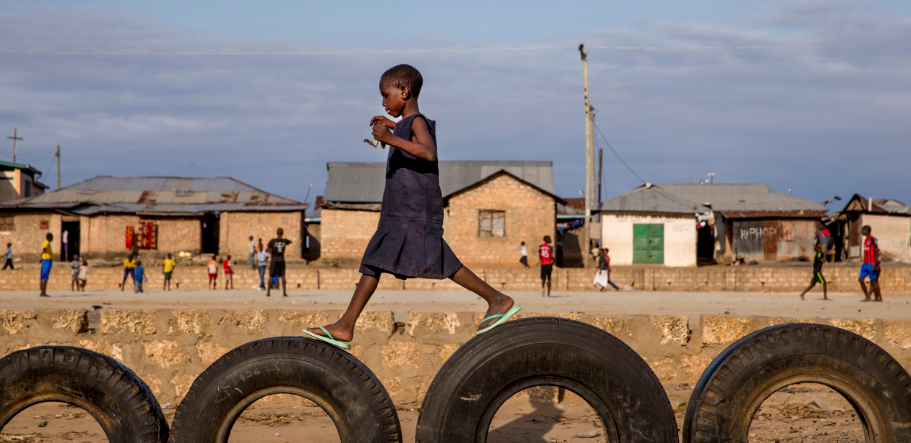I cannot believe that in the 21st Century we are still having this discussion. As an outdated practice, Female Genital Mutilation (FGM) is a procedure that violates women and can lead to ugly and often lethal side-effects such as uncontrolled bleeding (and death), cysts, infertility, and new-born fatalities. It is a procedure that is performed across cultures in Africa, the Middle East as well as among immigrant communities in the EU. Given the dangers involved for women, where do we stand on eliminating this once and for all?
Let’s first take a look at what it is. FGM is the process which involves the ‘partial or total removal of the external female genitalia, or other injury to the female genital organs for non-medical reasons’ (WHO). It is a traumatic experience for most girls and often a very painful one that can result in a lifetime of complications both physically and emotionally.
So why is it still practiced? For the majority of cases, FGM is often justified for:
– Control of a women’s sexuality: some cultures still require that a women is a virgin before she can get married. Removing the clitoris and labia is thought to reduce a sexual desire.
– “Cleanliness”: External female genitalia are thought by some to be dirty and offensive.
– Gender beliefs: Some cultures believe that female genitalia reduce a woman’s femininity. Mutilating their genitalia is a way to set their status in society and marriage.
Do you see a trend forming? FGM is mostly practiced in cultures where women do not share the same rights and benefits of men. They are cultures that promote dominance, control, and inequality between the sexes. According to a UNICEF report, best estimates suggest that more than 125 million women alive today have been mutilated in the 29 countries where FGM is concentrated but this could be a lot higher.
Almost all girls are cut before the age of 15.
Although there is no reliable data for the EU, the European Parliament states that about 500,000 girls and women are living with FGM and a further 180,000 are at risk. In the UK, for example, over 60,000 girls under the age of 15 are living with the risk of FGM. Although FGM is a crime in Europe, the practice still continues and girls continue to be at risk. So, what is been done to reverse this trend?
Working together with campaigners and civil society, the European Commission has prioritised this issue by setting out a number of actions to work towards the elimination of FGM. These include: the use of EU funding to prevent FGM and increase victim support, support better prosecution by member states, and bilateral support with partner countries outside the EU where the problem is concentrated (a full tracking of these actions can be found here and a listing of committed MEPs here). These actions compliment actions by the UN and civil society groups to eliminate the practice.
Although these actions are a positive step in the right direction, more needs to be done to educate and enforce a change of behaviour on the grassroots level, whether this is with asylum/immigrant groups in the EU, or within countries in Africa and the Middle East. This can be done by early education, training, supporting initiatives that promote equality and empowerment, and ending other harmful practices such as child marriage.
Most importantly, however, we need to keep the discussion alive. By its very nature, FGM thrives in the shadows of our society. By talking about it we are shining an uncomfortable light on the issue and we need to keep the pressure on. February 6th will be the International Day of Zero Tolerance towards FGM. Use this opportunity to discuss and talk about this issue. Spread the word via your channels and get others interested in it too. We all have a part to play in ending this for good.


